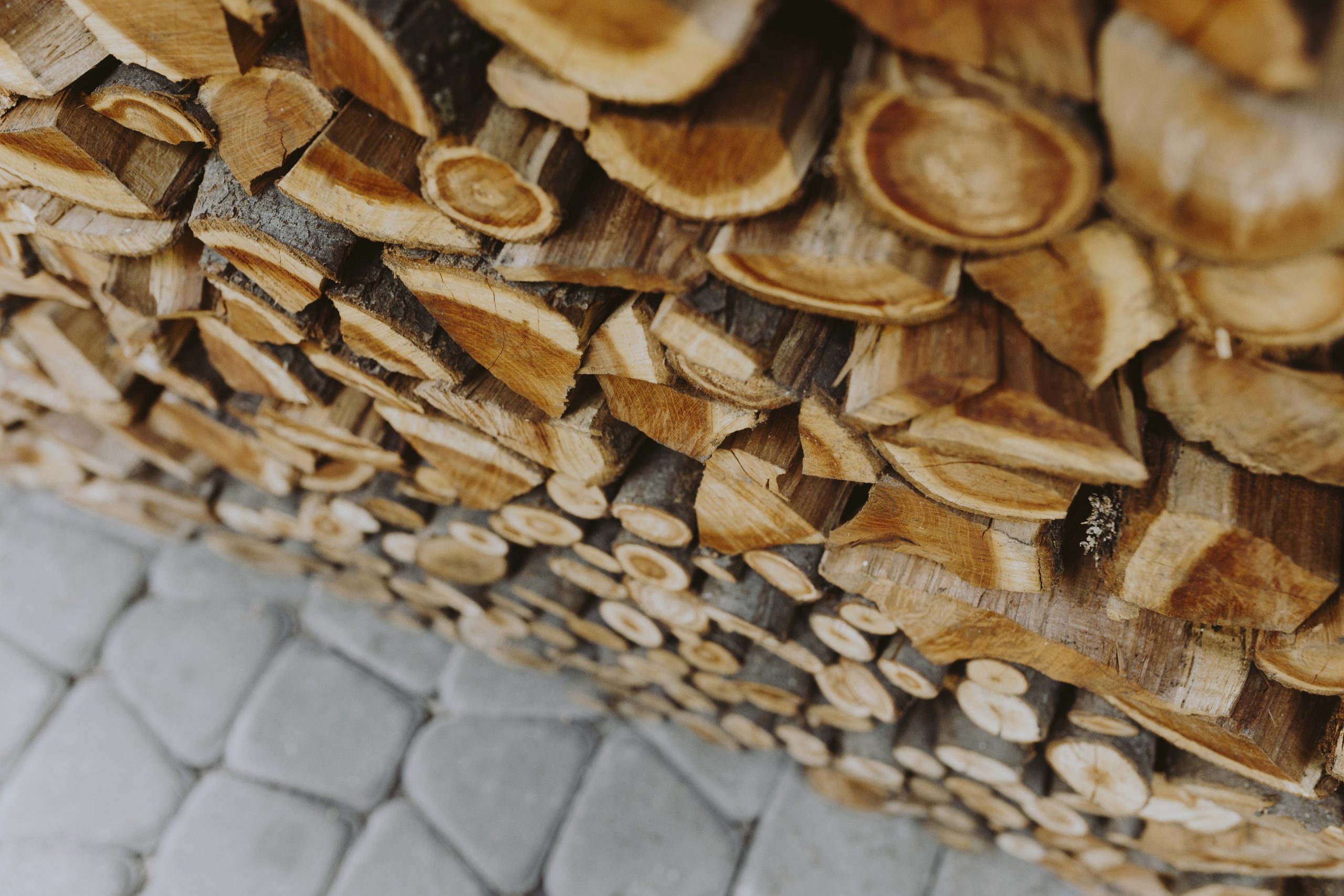
Carbon monoxide safety
The silent killer! Many people just associate carbon monoxide with gas appliances but any solid fuel you burn on your open fire or wood burning/ multifuel stove can also produce carbon monoxide. We therefor strongly recommend that a Carbon Monoxide Alarm is installed in any room where solid fuels are burnt. We also ensure to check that these are operating correctly as part of our chimney sweeping service.
Annually in the UK 200 people are killed or become seriously ill due to Carbon Monoxide Poisoning.
The symptoms of Carbon Monoxide Poisoning are similar too and often confused with the flu. The symptoms include Headaches, Stomach Pains, Drowsiness, Nausea, Dizziness and General Lethargy.

Wood burning
Wood Burns at its best on a bed of ash approx. 25mm deep. In a wood only stove leave the ash to this depth in the bottom of the fire box. In a multifuel stove let the ash build up on the grate until it is covered.
Wood needs an ample air supply from above. When lighting the fire open both top and bottom air vents, this helps to get the fire going initially. Once the fire is burning close down the bottom vents and use just the top air vents to control the stove. This also helps to keep the glass clean on your stove (with a process known as air washing). If you have any issues with the lighting or maintaining of a fire in your stove or open fire please feel free to contact us for further advice.

solid fuel burning
If you have a multifuel stove you can burn solid fuels and wood but it is not recommended that these are burnt at the same time as burning solid fuel produces sulphur and wood can contain a high amount of moisture resulting in the production of sulphuric acid which can quickly damage chimney liners.
A multifuel stove will have a grate with either rigid or bars with a shaker (riddling) system.
The gaps in the grate allow air from below through to the fire. Make sure the grate is kept clean and the ash pan is emptied regularly, this will keep the air flowing and stop the grate from becoming too hot and distorting.
Solid fuel with bottom air supply.
If you are not happy how your stove is performing, please contact us.

Wood advice
Hardwood is best in your stove as it burns slower. The density of softwood is around half that of hardwood which results in it burning twice as fast.
Meaning you will need twice as much.
No matter what type of wood you choose it is vital that the wood is dried (seasoned) before you burn it.
Unseasoned wood wastes much of the energy created while burning, removing water from the log and producing steam. This will cause your chimney to tar up!
Fresh cut wood can contain 65% – 95% moisture.
You can dry your wood in a wood store or you can buy seasoned logs from your supplier. Your wood should contain no more than 20% moisture.
